Interview: Sean Mundy
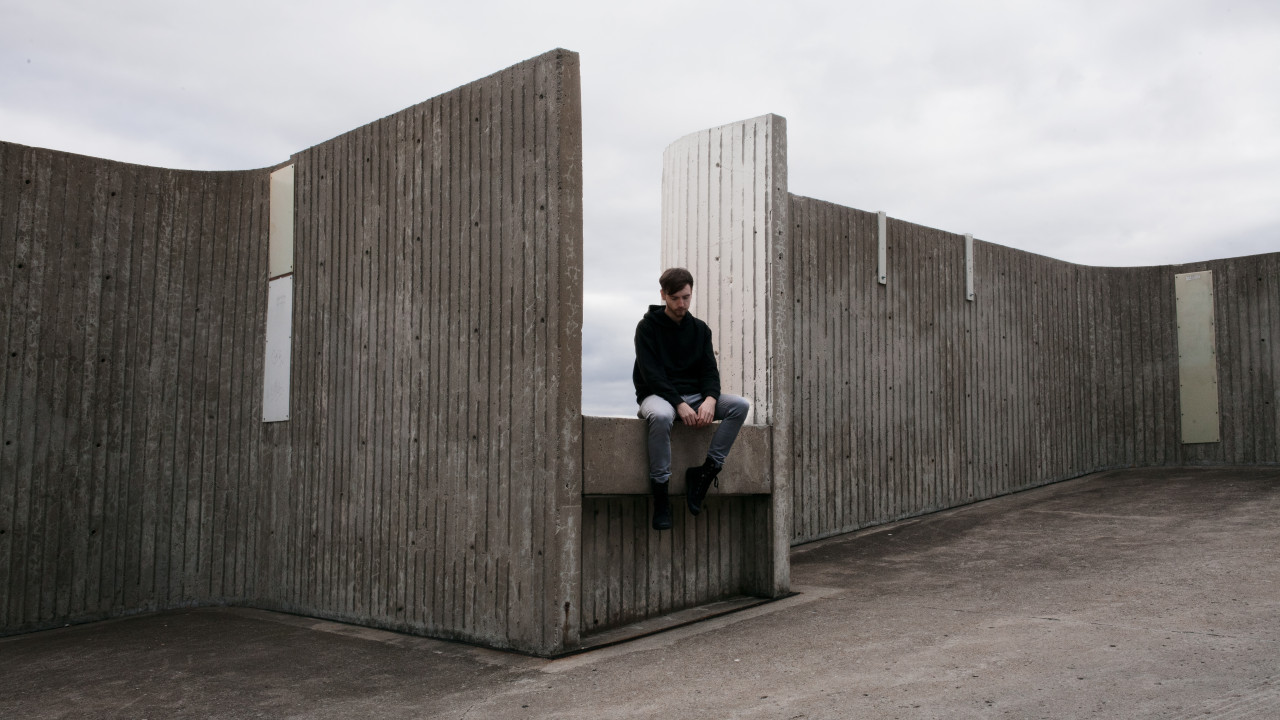
We are delighted to have Montreal-based photographer Sean Mundy be apart of our Spring exhibitions with his solo exhibit in Gallery B and C entitled “Hollow”. We pick his brain about his process and love of photography.
Tell us about your solo exhibit, “Hollow” and how that body of work came to be.
Before I began shooting for “Hollow”, I was working primarily on an image to image basis, meaning that I would just be shooting one image at a time and no image would really relate to any other. I had developed a style, but I thought it would be interesting to create a small series of images that were all directly linked to each other in terms of concept/theme, also adhering to strict compositional guidelines to make the images all follow a similar formula. The series delves into social happenings of our world but done in a very dramatized and almost surreal style, forming somewhat of a dialogue about ritualistic behaviours and contradictions embodied in systems of power in contemporary society. I spent 2 years shooting it while working on other images and projects and am very pleased to show it at Never Apart as my first solo exhibition.
How did you get into photography?
My parents bought me a small Polaroid digital camera when I went on a school trip in high school , and my passion grew from there. I started primarily just using my camera as a means of documenting what I was doing (with friends, parties, etc), but as time went on I began coming up with ideas for images and going out of my way to execute them by means of digitally altering photos, or figuring out how to make my ideas really happen for a moment in time and take a photo of it.
We chat with Montreal based photographer Sean Mundy about his solo show at Never Apart in Galleries B +C.
How did you come to meet the other photographers in Gallery A with the Whispering Stills exhibit and how are you all linked together?
I had been taking photos for a 52 weeks project (where you take an image every week, much like the 365 project) and was posting the images to websites like Flickr and Tumblr frequently, and began to follow and correspond with other young photographers who were doing similar projects that I found inspiring. Over time, I eventually met a handful of some of these photographers, and eventually met up with a great many more of them whose work I was following and greatly respected, so it was a very interesting experience. There would be as many as 40 people at these gatherings, and they would last for about 5 days to a week. We would essentially live and create work together; we went from inspiring each other from a distance over the internet to working together on our own projects or collaborating on new ones together and becoming friends in the process.
How do your works relate?
I think we all delve into similar conceptual and visual territory but go about it in different ways. For the most part we all lean towards darker themed imagery and we are all interested in similar ideas, dealing with themes like isolation among many others.
How does spirituality play into your work?
That’s a great question considering that I am not a religious person. I was raised Catholic but as I aged and lost my faith, I think I thought of religion as something still very interesting, but more as a social construct than as a worldview or way of living. Incorporating religious iconography or themes from religion into my work without being off-putting or offensive is something that I’m very interested in, especially considering how prevalent many of these symbols or themes are in Western culture; most people can understand the references regardless of if they are subtle or obvious.
Why is Montreal such a hotbed for creativity of all sorts?
I think it’s mostly because it is such an open and inviting environment creatively. It also seems like Montreal is very interested in promoting its own artists forward more than many other cities do as well. It isn’t as big of a city for art as NYC or LA, but the majority of creative/artistic communities here are very supportive of local talent and seem very interested in pushing local artists forward.
How did you get involved with Think Outside The Box?
I had heard of and seen posts by them on Facebook before, and was invited to go to Benoit Paillé’s exhibit “The Kitsch Destruction of Our World” by Nicolas of TOTB who I had spoken to a few times on Facebook. He knew of my work from seeing it online but didn’t know I was a local, so we spoke at the exhibit a bit and met up a few times after it to discuss the idea of a group show and solo show for myself, and I’m very glad to have gotten involved with both Nicolas and Olivier. They’re both very down to earth people and are committed to their platform and promoting art/artists.
What is Never Apart to you?
Never Apart is a new space here in Montreal that gives off a very young and refreshing vibe compared to many other spaces, somewhat of a fresh take on what’s expected of an art space. There is no sense of elitism about it at all, my experiences with everyone there and the exhibits I’ve seen have all been great, and I’m pretty excited to have my first solo show at a space as interesting as Never Apart is.
What inspires you to create and what is your process?
I think I’ve always had an urge to create things regardless of the medium really, when I was young I used to draw and write stories, and have been working on music as well from a young age, but photography is what has my attention the most right now. I think it’s a particularly interesting medium to work with especially in this era, where I can seamlessly use images I’ve taken to build composites, digitally rendering new scenes to present moments that could never really happen in real life. I’ve always just been a very big fan of art and music in general so when I see beautiful things or hear beautiful things it makes me want to be apart of something that can make people feel the way I feel when I see amazing art or hear amazing music.
For my process, I typically will build ideas for images from the ground up, starting with something very basic like wanting to shoot an image from a certain perspective. I’m pretty much always trying to come up with ideas so I often have nearly too many ideas to shoot, but this way I also let the ideas “simmer”; to let them be for a while and come back to them with a more objective and distanced view point so I can decide if I still like the idea enough to create it. From there it boils down to figuring out what I will need to do to create the image, what locations I’ll need to find, what techniques I’ll need to employ to get the desired image, and much much more. I do sometimes shoot images that are much more candid in nature than my planned works, but they are often not as conceptually provoking when compared to my planned images.
What does the future hold?
Ideally, I would like to continue to exhibit my work locally and internationally, create new images or bodies of work, and delve much more into the world of music and possibly video as it is a natural progression of creating photos and creating music.
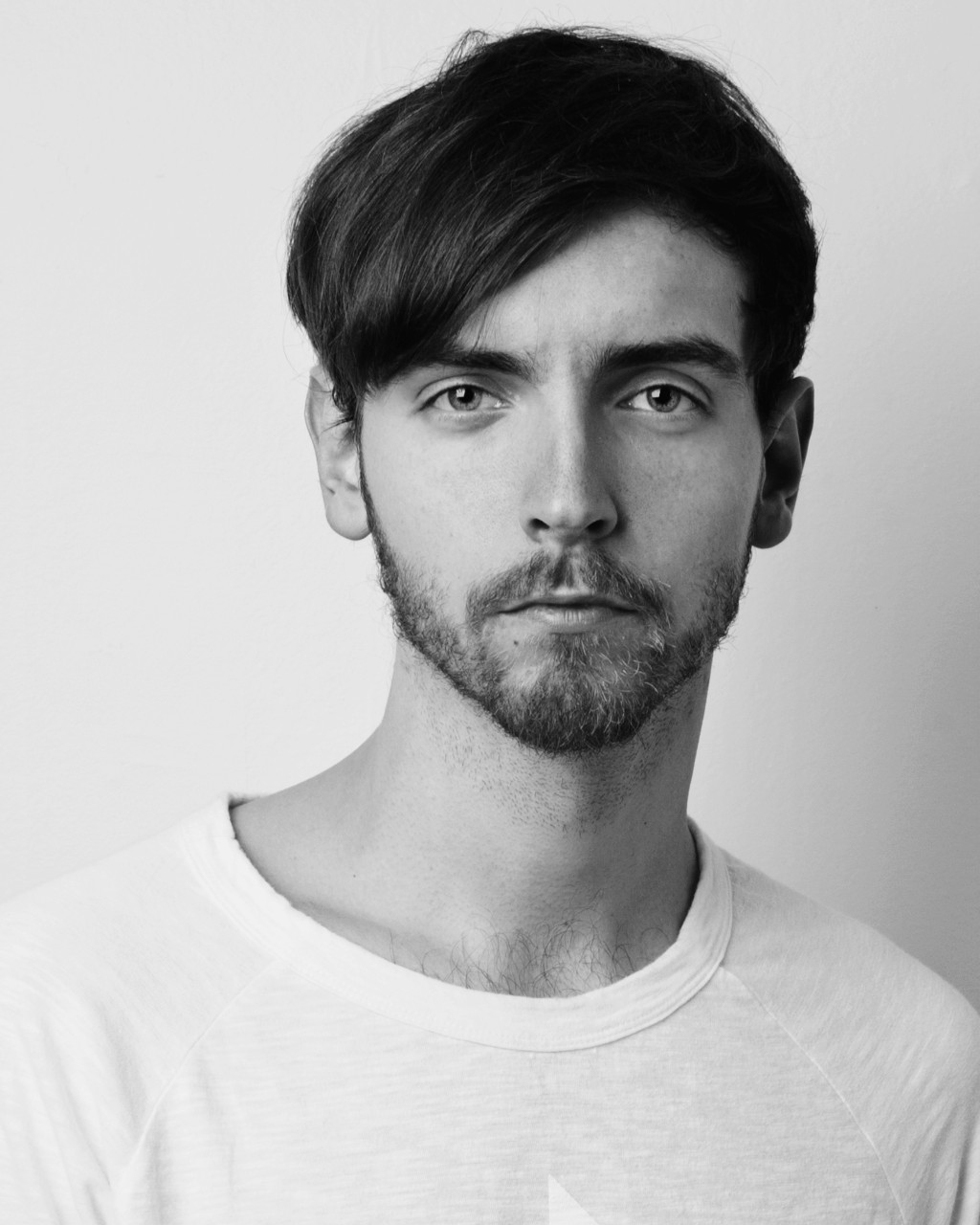
Nous sommes ravis que le photographe montréalais Sean Mundy prenne part à nos expositions du printemps dans les galeries B et C avec son exposition solo intitulée Hollow. On le questionne sur son processus et son amour pour la photographie.
Parlez-nous de votre exposition solo, “Hollow” et comment cette oeuvre a vu le jour?
Avant d’entreprendre Hollow, je travaillais principalement d’image à image, je prenais donc une image à la fois sans qu’elles se rapportent l’une à l’autre. J’avais développé un style, mais je me suis dit qu’il serait intéressant de créer une petite série d’images directement liées entre elles en termes de concept et de thème, tout en adhérant aux lignes directrices strictes de composition pour que les images suivent une formule similaire. La série explore les événements sociaux de notre monde mais est exécutée dans un style très dramatisé et quasi surréaliste, formant une sorte de dialogue sur les comportements ritualistes et les contradictions incarnés dans les systèmes du pouvoir dans la société contemporaine. J’y ai passé deux ans, tout en travaillant sur d’autres images et projets et je suis très heureux de présenter Hollow à Never Apart en tant que ma première exposition solo.
Comment vous êtes-vous mis à la photographie?
Mes parents m’avaient acheté un petit appareil photo digital Polaroid pour un voyage d’école secondaire, et ma passion s’est développée à partir de là. J’ai commencé à me servir simplement de ma caméra de façon à documenter ce que je faisais, avec des amis, à des fêtes, etc, mais avec le temps je me suis mis à trouver consciemment des idées d’images et à faire un effort tangible pour les réaliser en les modifiant numériquement ou en déterminant comment concrétiser mes idées à un moment précis et en prendre la photo.
Comment avez-vous fait la connaissance des autres photographes de la galerie A avec l’exposition Whispering Stills et comment êtes-vous tous liés?
Je prenais des photographies pour un projet de 52 semaines (dans lequel vous prenez un cliché chaque semaine, sensiblement comme le projet 365) et je publiais fréquemment les images sur des sites comme Flickr et Tumblr. J’ai commencé à suivre et à correspondre avec d’autres jeunes photographes qui faisaient des projets similaires que je trouvais inspirants. Avec le temps, j’ai d’abord rencontré quelques-uns de ces photographes et en ai finalement rencontré bien d’autres, dont je suivais et respectais grandement le travail; c’était une expérience fascinante. Il y avait parfois jusqu’à quarante personnes à ces rassemblements, et ces derniers duraient de cinq jours à une semaine. Nous vivions et créions des oeuvres ensemble; nous sommes passés de s’inspirer à distance sur internet à travailler ensemble sur nos propres projets ou à collaborer ensemble sur de nouvelles créations et à devenir amis.
Quel est le lien entre vos oeuvres?
Je pense que nous explorons des territoires visuels et conceptuels similaires, mais les approchons de différentes façons. Pour la plupart, nous penchons tous vers une imagerie plus sombre et nous sommes tous intéressés par des idées semblables, abordant entres autres des thèmes comme l’isolation.
Quel rôle la spiritualité joue-t’elle dans votre travail?
C’est une excellente question étant donnée que je ne suis pas quelqu’un de religieux. j’ai été élevé catholique, mais j’ai perdu la foi avec l’âge. Je pense que je voyais la religion comme quelque chose d’encore très intéressant, mais en tant qu’un construit social plutôt qu’une vision du monde ou une façon de vivre. Réussir à incorporer à mes oeuvres de l’iconographie religieuse ou des thèmes venant de la religion sans offenser ou être rebutant est quelque chose qui m’intéresse beaucoup, étant donné la prévalence de beaucoup de ces symboles et thèmes dans la culture occidentale; la plupart des gens peuvent comprendre ces références, qu’elles soient subtiles ou évidentes.
Pourquoi Montréal est-elle si propice à la créativité de toutes sortes?
Je pense que c’est surtout parce que c’est un environnement créatif ouvert et invitant. Il semble aussi que Montréal soit plus intéressée à promouvoir ses artistes que d’autres villes. Ce n’est pas une aussi grande ville que New York ou Los Angeles, mais la majorité des communautés artistiques et créatives d’ici sont très encourageantes envers le talent local et semblent vouloir propulser les artistes locaux de l’avant.
Comment vous êtes-vous impliqué avec Think Outside The Box?
J’avais entendu parlé d’eux et avais vu quelques-unes de leurs publications sur Facebook et Nicolas de TOTB, à qui j’avais parlé plusieurs fois sur Facebook, m’a invité à l’exposition The Kitsch Destruction of Our World par Benoit Paillé. Il connaissait mon travail pour l’avoir vu en ligne, mais ne savait pas que j’étais du coin. Nous avons discuté un peu durant l’exposition et, par la suite, nous nous sommes rencontrés quelques fois pour discuter d’une exposition de groupe et d’une exposition solo. Je suis très heureux de m’être associé avec Nicolas et Olivier. Ils sont tous les deux des hommes terre-à-terre et sont très engagés à leur plate-forme et à la promotion de l’art et des artistes.
Que représente Never Apart pour vous?
Never Apart est un nouvel espace ici même à Montréal qui offre une ambiance très jeune et rafraîchissante comparativement à plusieurs autres espaces, une nouvelle interprétation de ce qui est attendu d’un espace artistique. On n’y trouve aucun sentiment d’élitisme; mes expériences avec tous les gens associés et les expositions que j’ai vues ont été géniales, et je suis excité d’avoir ma première exposition solo dans un lieu aussi intéressant que l’est Never Apart.
Qu’est-ce qui vous inspire à créer et quel est votre processus?
Je pense que j’ai toujours eu ce désir de créer, peut importe le médium. Quand j’étais jeune, j’avais l’habitude de dessiner, d’écrire des histoires et de travailler sur de la musique, mais la photographie est ce qui capte le plus mon attention en ce moment. Je pense que c’est un médium particulièrement intéressant, surtout de nos jours, où je peux me servir d’images que j’ai saisies pour créer des composites, numériser de nouvelles scènes pour présenter des moments qui ne pourraient jamais se produire dans la vraie vie. J’ai toujours été un grand amateur d’art et de musique en général, alors voir ou entendre des belles choses me donnent envie de faire partie de quelque chose qui fait ressentir à quelqu’un ce que je ressens quand je vois de l’art incroyable ou que j’entend de la musique sublime.
Pour mon processus, j’ai l’habitude de bâtir des images de A à Z, en partant de quelque chose d’assez simple comme vouloir prendre une image sous une certaine perspective. J’essaie constamment de trouver de nouvelles idées, alors j’en ai souvent trop pour toutes les concrétiser, mais de cette façon je les laisse mijoter et j’y reviens plus tard avec un point de vue plus objectif et éloigné pour que je puisse décider si j’aime encore assez l’idée pour la créer. Je dois ensuite déterminer ce dont j’aurai besoin pour créer l’image, quels endroits je devrai trouver, quelles techniques je devrai employer pour obtenir l’image souhaitée, et bien plus encore. Il m’arrive quelques fois de prendre des images qui sont de nature beaucoup plus candide que mes oeuvres planifiées, mais leurs concepts sont elles sont rarement aussi provocants que ceux de mes images planifiées.
Que réserve le futur?
Idéalement, j’aimerais continuer d’exposer mes oeuvres de façon locale et internationale, de créer de nouvelles images ou ensembles d’oeuvres et de plonger encore plus dans le monde de la musique et possiblement du vidéo, puisque c’est une progression naturelle de la création de photographies et de musique.

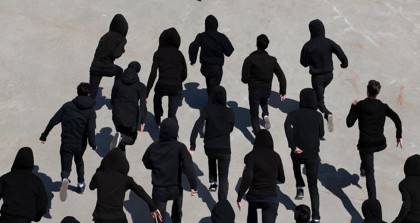
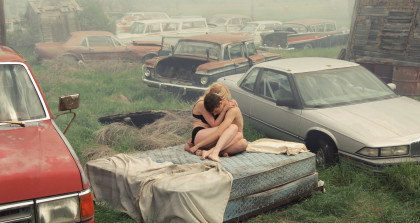
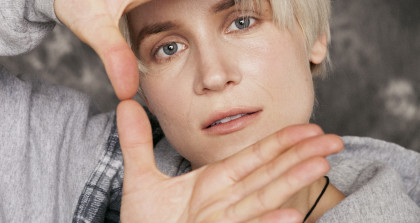
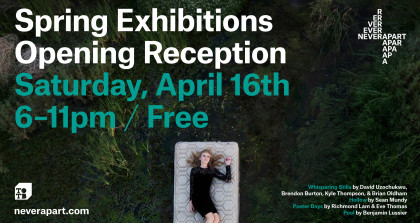
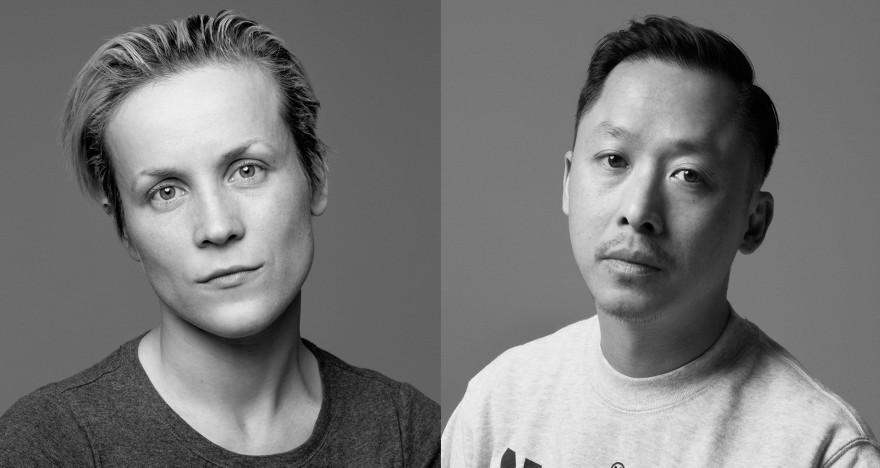
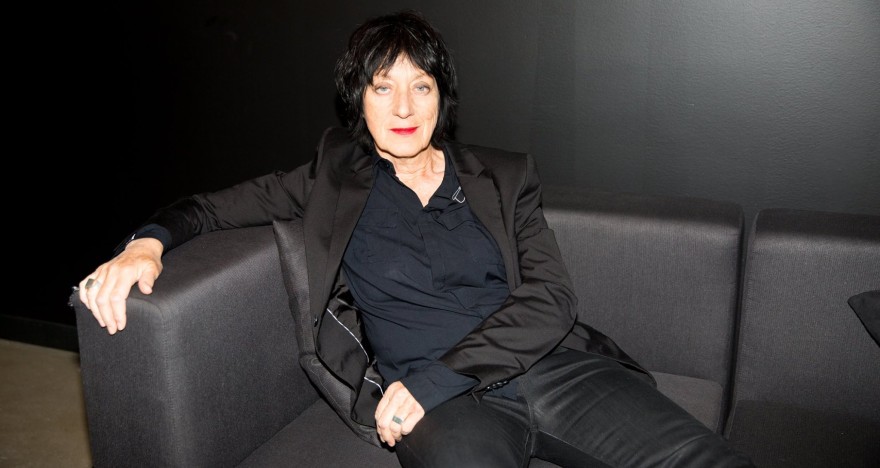
View Comments
No Comments (Hide)